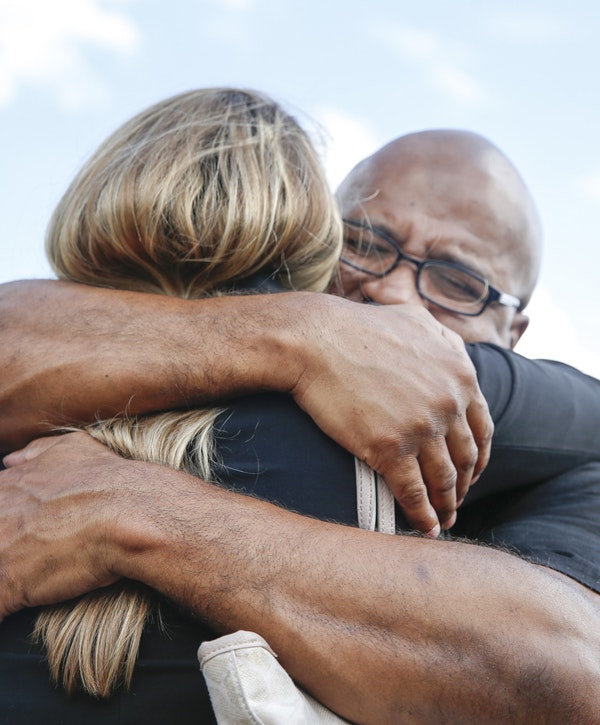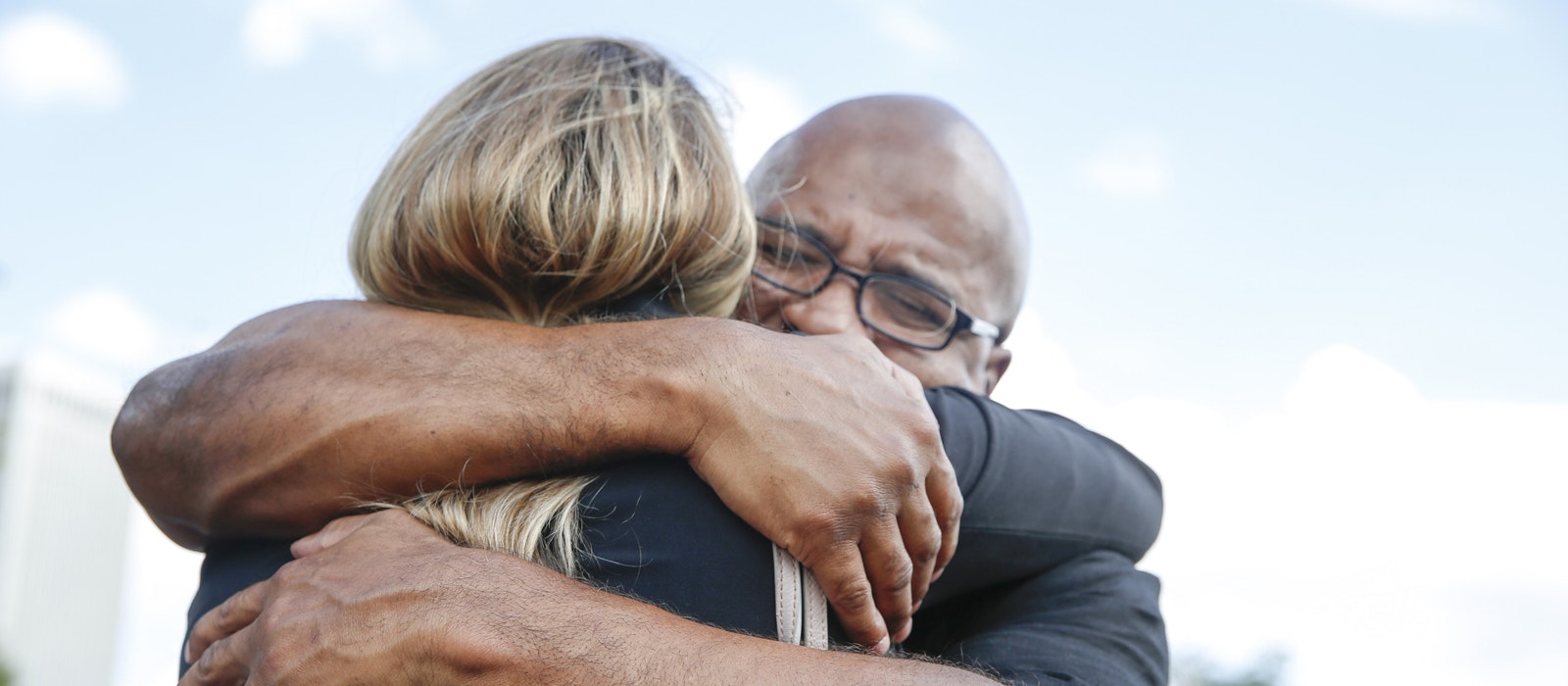“Rather than encouraging rehabilitation, New York’s Parole Board functions as a resentencing body, forcing people to appear for hearings repeatedly with little hope for release.”
New York recently earned the sorry distinction of being one of several states to grant fewer parole releases in 2020 than in 2019, a drop that was especially dangerous given the lethal COVID-19 pandemic that has spread through prisons for nearly a year.
Even before the pandemic and before the decline in parole releases, thousands of people were already ineligible for parole and thousands more who were eligible were regularly denied parole release. Worse still, this determination — one that dictates whether or not a person will spend at least another 2 years in prison — is made, on average, in a 15-minute-long hearing. None of these parole laws and practices make New York communities safer. Thankfully, this year, we can take the first step to expand parole eligibility and accelerate parole releases, giving thousands of incarcerated people a meaningful chance to go home.
Parole as we know it in the United States was first introduced at Elmira Reformatory in New York (now Elmira Correctional Facility, home to one of the largest COVID-19 outbreaks in a NY prison). Currently, those eligible for parole, go before the New York Parole Board when they have reached the minimum number of years they are required to serve. But parole decisions often focus solely on the crime and not who a person is today. And the current parole system leaves many elderly individuals ineligible, despite research that they are less likely to commit another offense. In this way, the parole system exacerbates rather than addresses an already horrifying incarceration crisis. Rather than encouraging rehabilitation, New York’s Parole Board functions as a resentencing body, forcing people to appear for hearings repeatedly with little hope for release. In some instances, this can mean 10 or more parole hearings (or 20 years beyond their minimum sentence) before going home.

